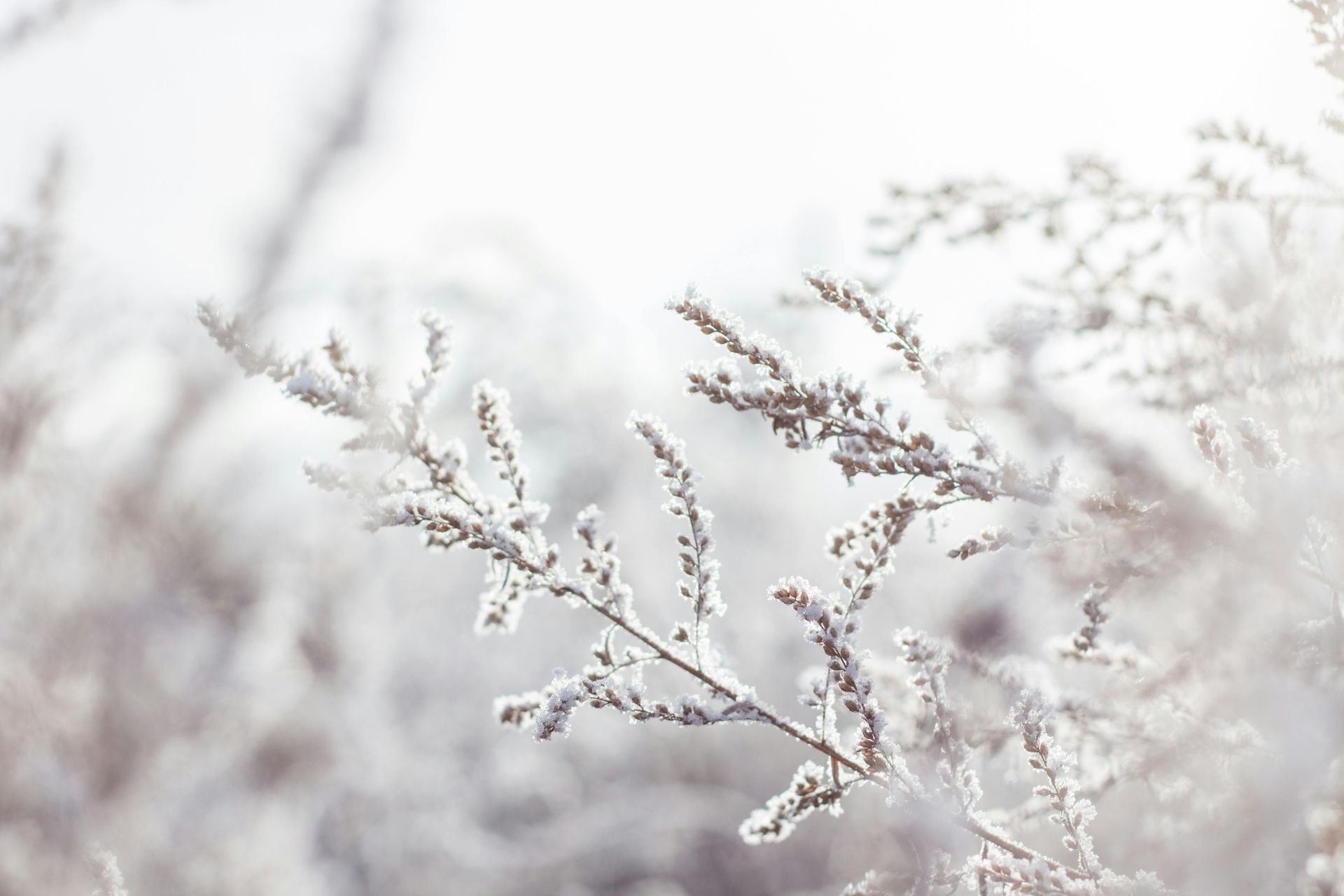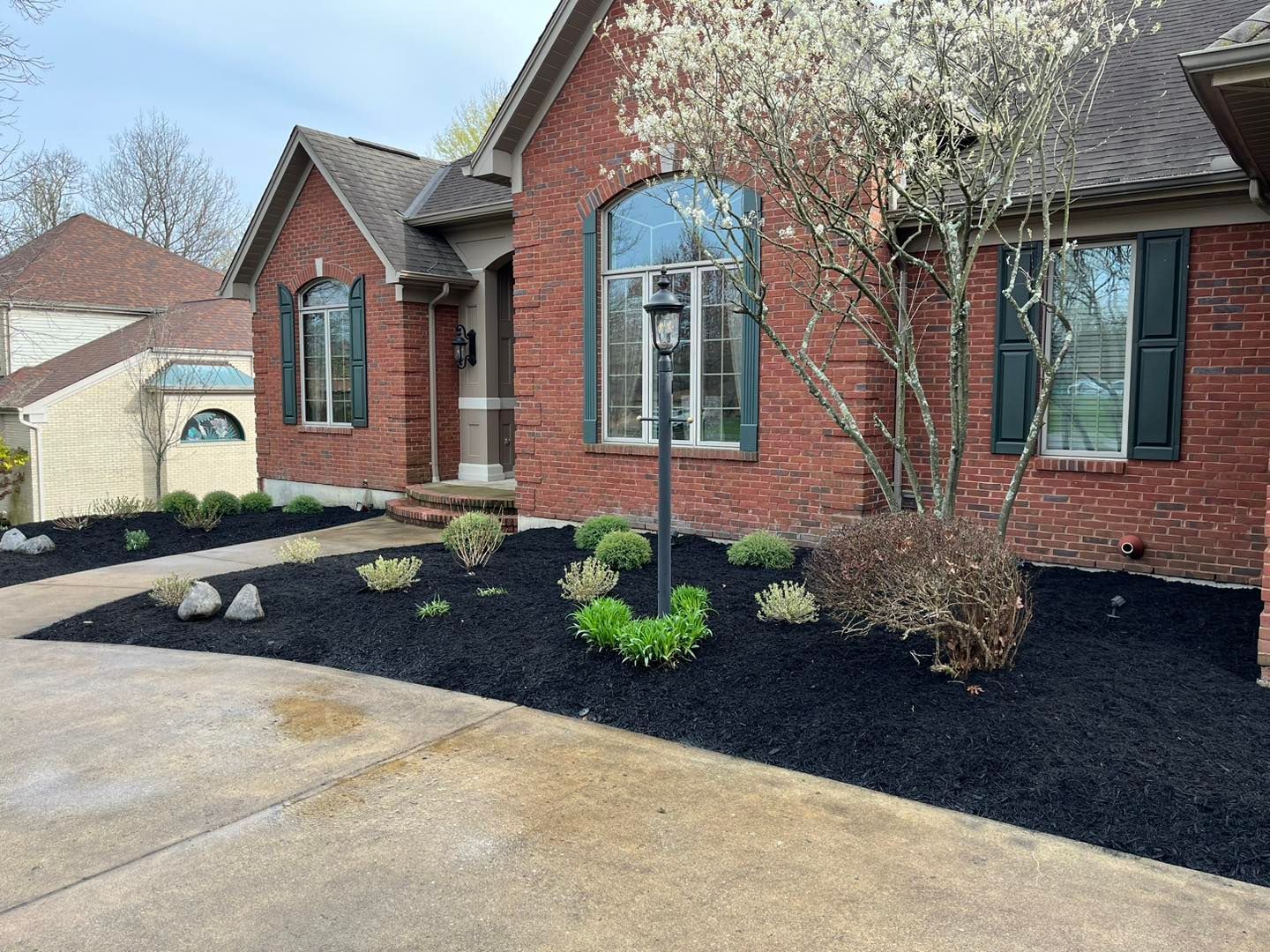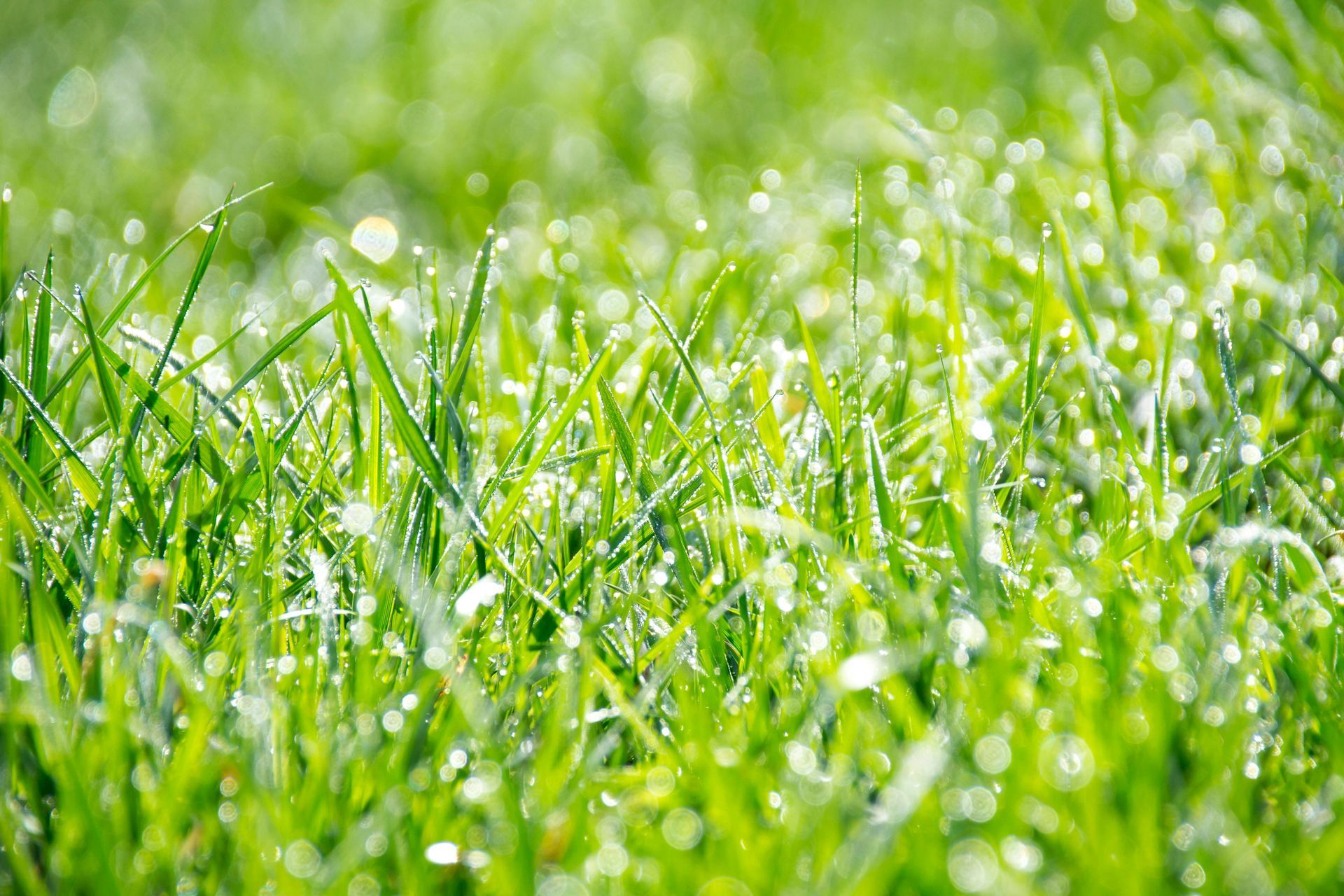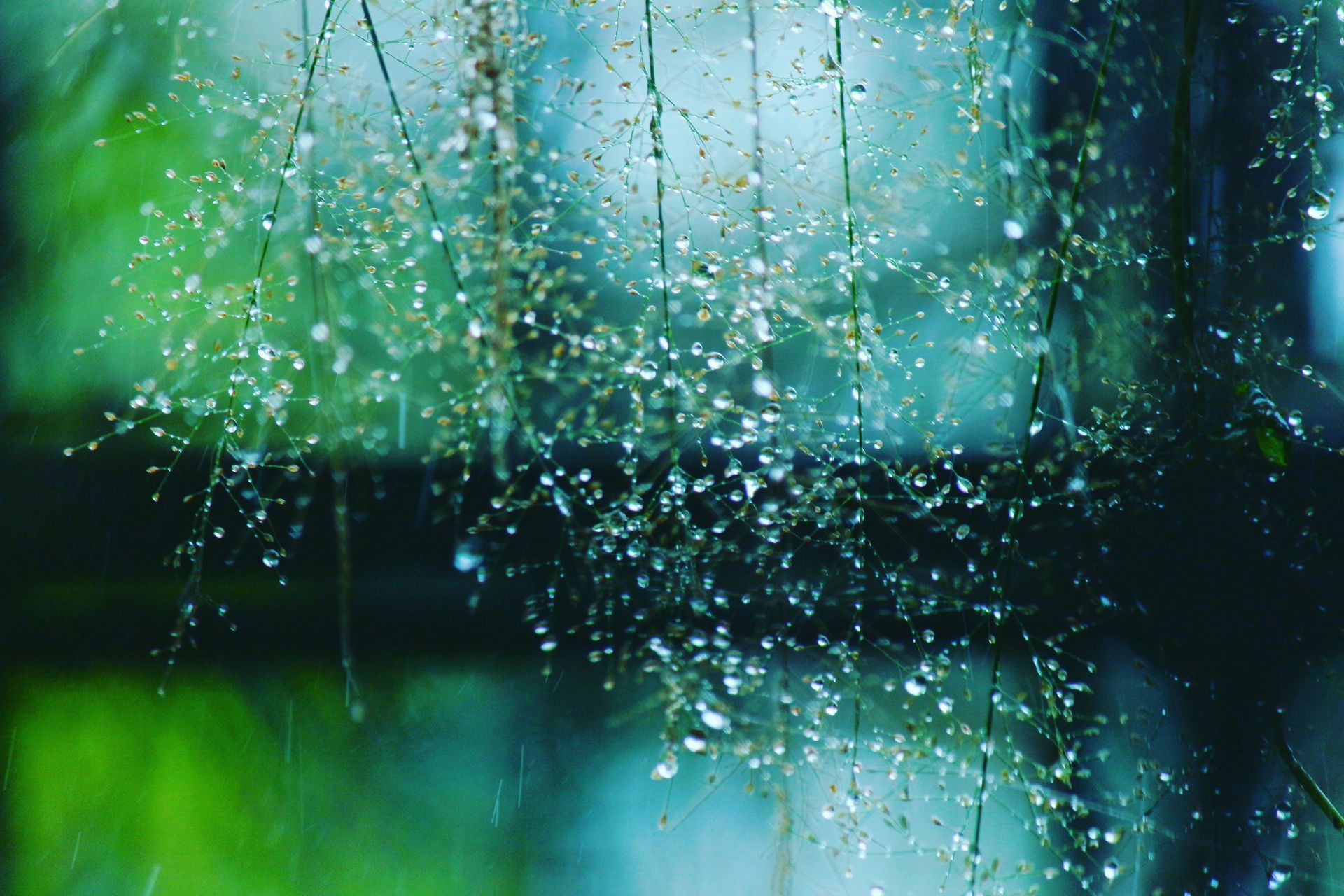Your Lawn's Late Summer Survival Guide
Fighting the good fight for a healthy lawn in late summer in NKY/Cincy
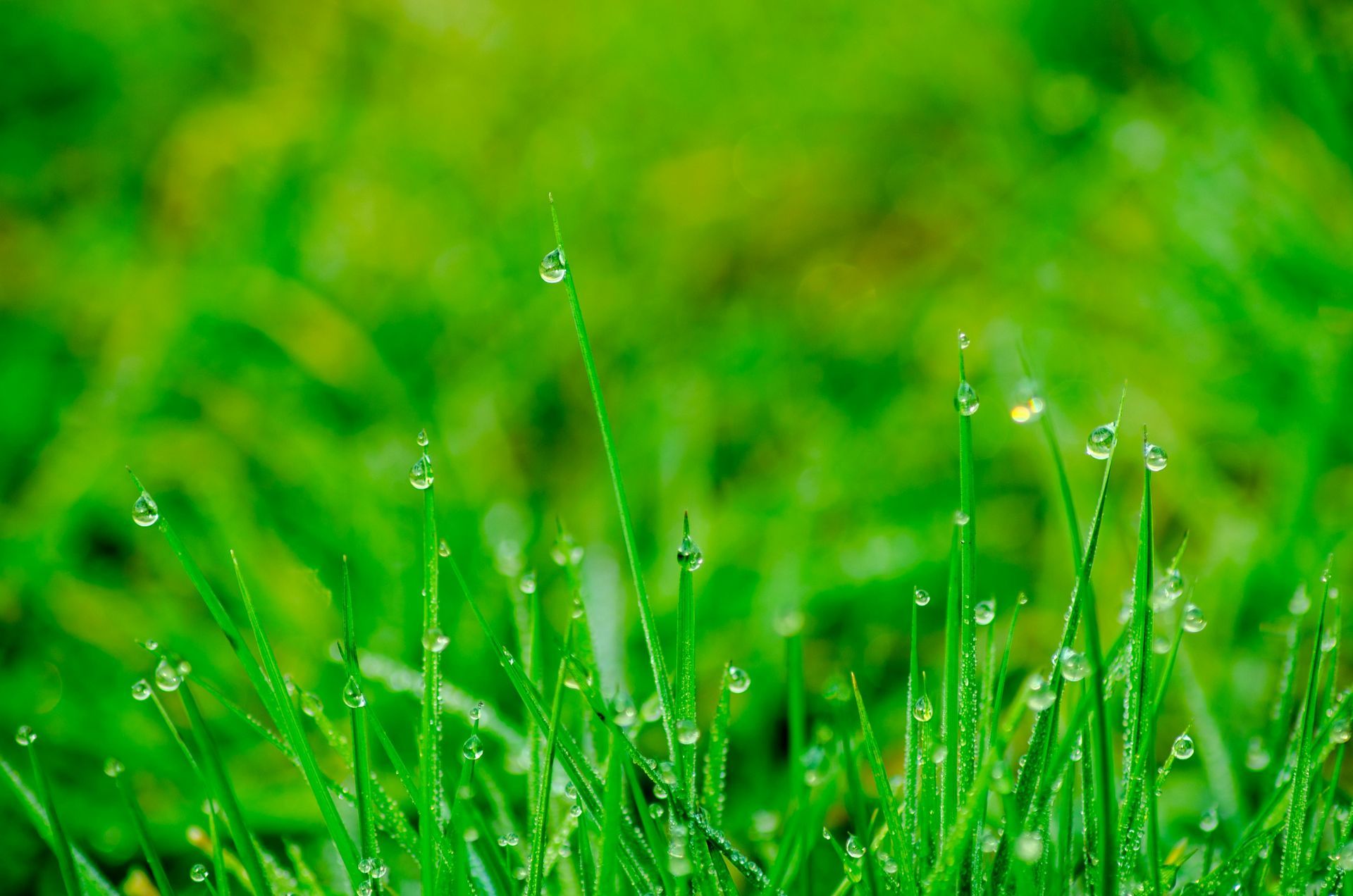
Here's how to keep your lawn thriving in Northern Kentucky and Cincinnati as summer ends. The key is to prepare for the cooler, active growing season of fall by focusing on aeration, seeding, and smart watering.
☀️ Transitioning from Summer to Fall
As the scorching summer heat begins to subside in the NKY/Cincinnati region, your cool-season grasses (like Kentucky bluegrass and fescue) are starting to wake up from their dormancy. This late-summer period is a crucial time to help your lawn recover from the stress of heat and drought and get it ready for a strong fall growth.
💧 Watering: It's All About Consistency
While the oppressive heat may be gone, consistent watering is still vital. Instead of frequent, light watering, focus on deep, infrequent watering sessions. This encourages your grass to develop deep, drought-resistant roots. Aim for about one inch of water per week, either from rain or irrigation. The best time to water is early in the morning (between 5 a.m. and 9 a.m.) to reduce evaporation and prevent fungal diseases that thrive in damp, warm conditions.
✂️ Mowing: Height is Important
Keep your mower blades set higher, typically between 3.5 to 4 inches. Taller grass blades shade the soil, helping it retain moisture and suppress weeds. Always ensure your mower blades are sharp to make clean cuts, as dull blades can tear the grass, making it susceptible to disease and pests. Remember the one-third rule: never remove more than one-third of the grass blade's height in a single mowing session.
🐛 Grub Control: Act Now to Prevent Damage
Late summer is a prime time for grubs to hatch and start feeding on your lawn's roots. Signs of a grub infestation include brown, dying patches of grass that can be easily pulled up like a carpet. Applying a
curative grub control product in late summer or early fall can effectively kill these pests before they cause significant damage.
🌱 Aerating & Overseeding: The Ultimate Fall Prep
This is arguably the most important task for the end of summer. Aeration involves pulling small plugs of soil from your lawn, which helps to loosen compacted soil and allows air, water, and nutrients to penetrate deeper to the roots. Overseeding immediately after aeration is a game-changer. The holes created by aeration provide the perfect environment for new grass seeds to germinate.
- Timing is key: The ideal time for seeding in our region is from mid-August to late September. The soil is still warm enough for germination, but the cooler air temperatures are perfect for new seedlings to thrive without the stress of summer heat.
- Choose the right seed: Select a high-quality cool-season grass seed, such as tall fescue or Kentucky bluegrass, that is well-suited for the local climate.
- Don't forget to fertilize: Apply a "starter fertilizer" specifically designed for new grass to give your seeds the nutrients they need for strong root development.
By tackling these tasks in late summer, you're not just maintaining your lawn—you're setting the stage for a lush, healthy, and resilient lawn for the fall and beyond. Don't be overwhelmed -- Next Level has the expertise, people, product and equipment to get the job done right. Contact us today!

